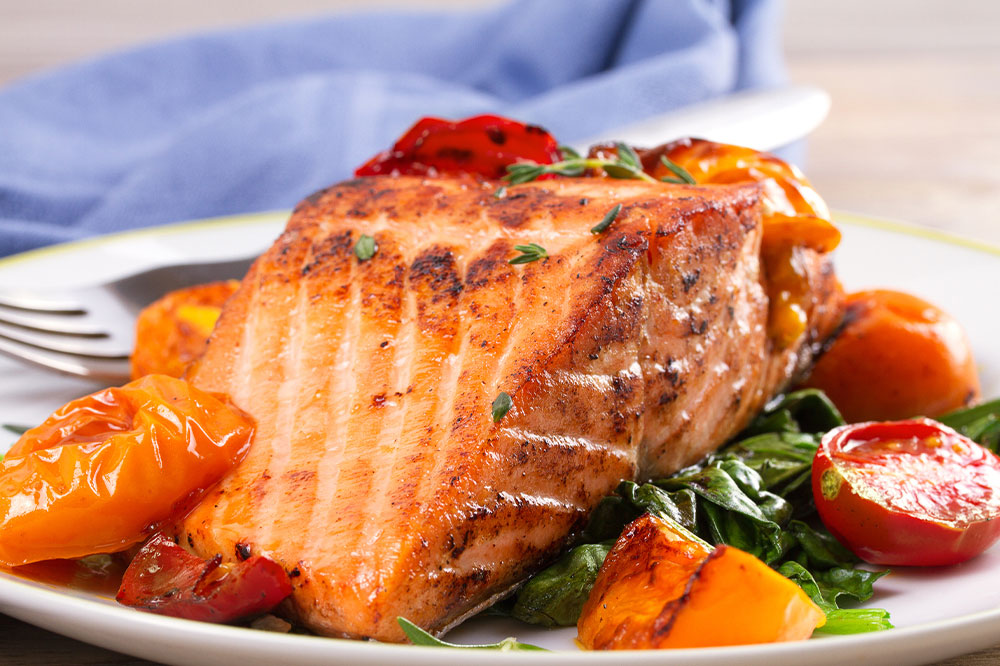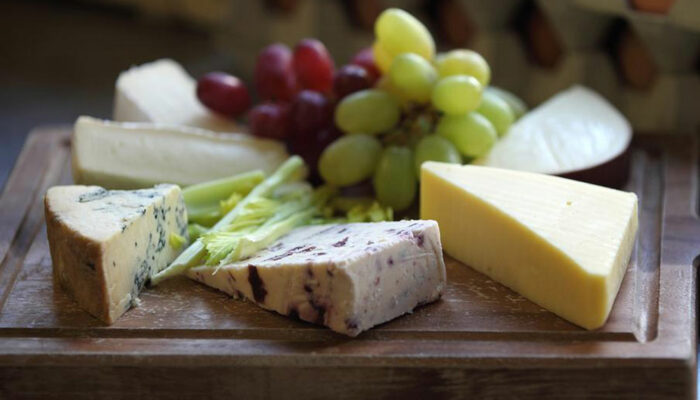
Foods Types to Manage Schizophrenia
Research conducted across the world proves that people experiencing schizophrenia have a poor concept of diet; they either reject food completely or eat voraciously. Also, their intake of carbohydrates and unhealthy fats is very high, while that of fiber, vitamins, minerals, and healthy fatty acids are far below adequate. Schizophrenia patients have a sedentary lifestyle and tend to be obese or at high risk for obesity. It is a mental condition that can be managed with proper diet and eating patterns. Here are three food types that help manage schizophrenia better.
Low GI Foods
A low glycemic index (GI) diet consists of complex carbohydrates that take longer to digest. It hence does not raise blood glucose levels erratically. Most fruits, milk, non-starchy vegetables, sweet potato, beans, butter-beans, bulgar, rolled or steel-cut oats, and barley are some examples of low GI foods.
The beta-glucan fiber in oats makes schizophrenia patients feel fuller longer and improves their blood cholesterol levels. People experiencing schizophrenia can have a bowl of oats porridge for breakfast. It will be beneficial to give an energetic start to the day.
Patients could add full-fat or skimmed milk to this breakfast bowl because milk is also a low GI food. To the breakfast bowl of oats and milk porridge, they can add fruits such as apples, bananas, mangoes, or grapes. The fructose and fiber in fruits make it possible for them to be considered low GI foods.
Legumes
Beans, peas, and lentils are all legumes that are low in fat and protein. They also contain fiber, potassium, zinc, folate, phosphorus, calcium, iron, and a host of B vitamins. Particularly, thiamine (or vitamin B1) helps produce acetylcholine, which is a neurotransmitter that is crucial for memory.
Abundant in nutrients, legumes release energy slowly to feed the body, brain, and nervous system. It ensures schizophrenia patients enjoy a stable mood pattern without many fluctuations. Additionally, legumes provide antioxidants that prevent cell damage to the brain.
Kidney, lima, navy, and mung beans, chickpeas (garbanzo), black-eyed peas, lentils, and edamame are some varieties of legumes that are good for schizophrenia patients. You can rinse, soak, sprout or cook beans, and add them to soups, salads, burritos, or wraps, or mash them to make dips and spreads.
Oysters and Tiny Fish
Seafood like oysters, and little fish (that do not soak up a lot of toxic mercury), are rich in Omega-3 fatty acids. Examples of tiny fish include sardines, herring, and anchovies. Especially of importance is DHA (Docosahexaenoic acid) found in Omega-3 acids that are excellent for both the heart and brain.
The brain is composed of 60% fat, and Omega-3-rich foods are the best source of energy to keep this organ healthy and improves attention span, especially in people with schizophrenia. These seafood and fish are also rich in vitamin D, iodine, and chromium. They also contain vitamin B12 that helps produce myelin, an insulating sheath found around nerves in the brain. It helps in the quick transmission of electrical impulses to nerve cells.
Make the seafood and fish as a stew with coconut milk, grill them with assorted vegetables, and sprinkle some roasted chia or flax seeds for added nutrition and a little crunch. You could also bake the small fish with tomatoes, fresh herbs and spices, or smoke them along with avocados and fennel leaves for a fresh salad.



